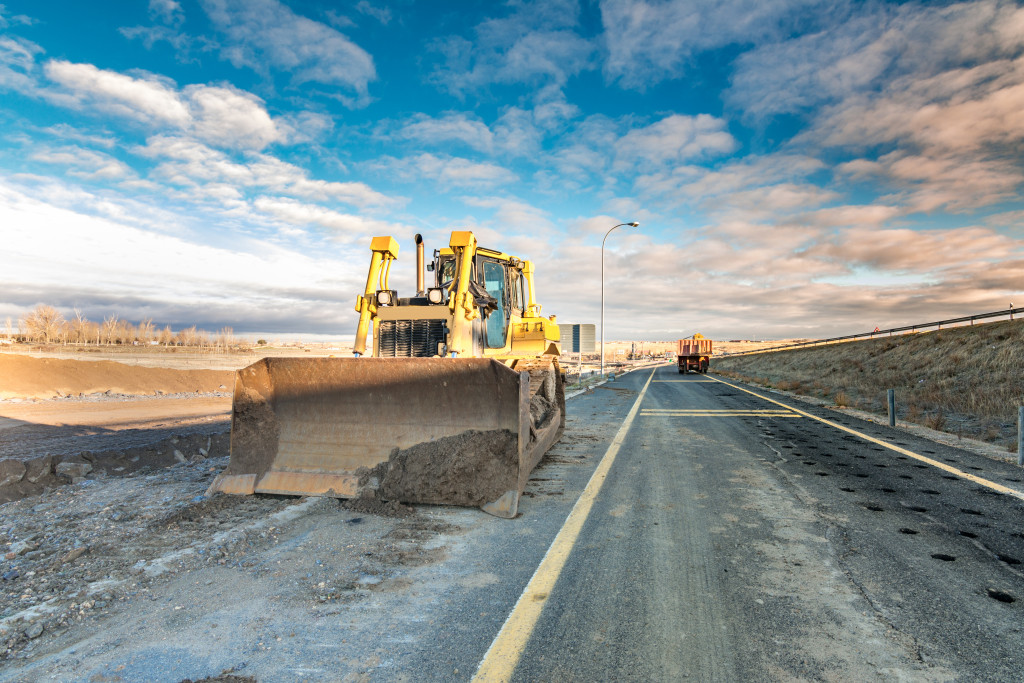Owning and maintaining a construction fleet can be expensive. Since the start of your construction operations, you may have noticed that the cost of running a construction fleet has been climbing steadily. This could be due to rising gas prices, the constant need for repairs, or the increasing cost of parts. To keep your business financially viable and ensure that your equipment is always in top condition, you should implement some strategies to help reduce operational costs. There are many ways to reduce the costs associated with your construction fleet that are both simple and effective.
Preventive Maintenance
Preventive maintenance is one of the most effective ways to save money on your construction fleet. This means that you should regularly inspect and service your vehicles to identify potential problems before they become more serious (and more expensive!). Regularly changing oil, checking brakes, inspecting tires, and other minor repairs can help avoid costly breakdowns down the road. Plus, preventive maintenance will also increase the lifespan of your vehicles and make them safer for drivers and those around them. To get started, focus on the following:
- Check for potential wear and tear.
- Regularly inspect tires, wheels, brakes, and other parts.
- Change oil, coolant, or other fluids regularly.
- Replace filters as needed.
Be proactive and inspect your construction fleet regularly before you notice a problem. And if you notice even a slight issue, address it immediately to avoid further damage.
Fleet Management Software
Using fleet management software to keep track of your fleet can also be a great way to save money. This software allows you to monitor your vehicle’s performance, condition, and location in real time. It also helps streamline maintenance procedures by automatically scheduling maintenance tasks and sending alerts when they are due. This makes it easier to keep on top of preventive maintenance, ensuring that your fleet is always running in peak condition.
The software also tracks fuel usage and driver behavior, so you can identify areas that need improvement. This could save money on fuel costs by enabling you to adjust routes and driving habits and detect any inefficient fuel use. The data collected can also be used to optimize vehicle inspections and repairs, saving you time and money.

Driver Training and Safety Programs
Improper driving can be dangerous and costly. It may lead to accidents, damage to equipment, and increased fuel costs. To reduce the risk of these problems, it is important to invest in a driver training program that educates your drivers on safe driving practices. Additionally, it would be best to consider implementing safety protocols such as regular drug testing and seat belt use. This will help keep your drivers safe and reduce the cost of repairs and insurance premiums.
Since your drivers will be driving heavy equipment, investing in driver fatigue programs is also important. This will help you identify drivers who are at risk of accidents due to drowsiness and target them for additional training or rest periods.
Developing a safety program emphasizing the importance of safe driving habits can also help reduce operational costs. Setting speed limits, encouraging defensive driving, and providing refresher courses for experienced drivers are all important steps to ensure your fleet is as safe as possible.
Vehicle Upgrades
Construction fleets carry heavy loads and put a lot of strain on their parts and engines. If your fleet has not been upgraded, consider investing in Caterpillar C9 engine parts. These include turbochargers, fuel injectors, pistons, and other engine components that can withstand heavy loads and keep your equipment running longer. It also allows your engine to use fuel more efficiently, reducing costs. Additionally, this engine parts upgrade can also help reduce emissions and improve the performance of your vehicles.
Optimizing Fuel Efficiency
Fuel costs can be one of the biggest expenses for a construction fleet. To reduce fuel consumption, optimize routes to decrease travel time and distance. You can also look for ways to increase fuel efficiency—such as driving consistently and avoiding idling. Additionally, investing in newer vehicles with better fuel-efficiency technologies can reduce fuel costs.
You can also look into other fuel alternatives, such as biodiesel or electric vehicles. These alternative fuels are more environmentally friendly and often cheaper than traditional gasoline or diesel. Additionally, using electric vehicles can reduce your fleet’s emissions and make it more compliant with stricter environmental regulations.
Overall, being proactive and implementing some cost-cutting strategies is the key to keeping your construction fleet costs down. From preventive maintenance to driver safety programs and fuel efficiency upgrades, there are many ways to save money on your construction fleet that can help ensure its long-term financial health.


